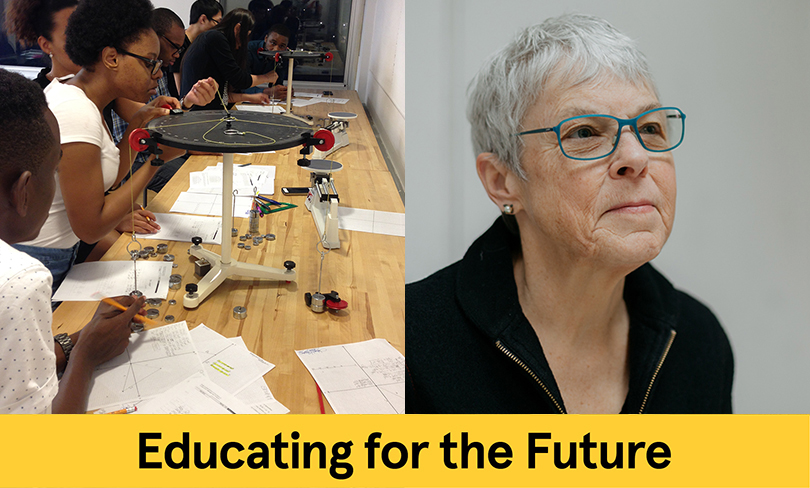
Exploring new models for education is one of the pillars of President Frances Bronet’s inauguration and an important area of discussion in academia. We live during a time of dramatic change, where the landscape is quickly shifting. How is Pratt preparing its students for careers and technologies that aren’t here yet?
In this new weekly series, “Educating for the Future,” educators across Pratt’s disciplines share their vision as to how they are educating students for a world that is quickly evolving—and reflect on what is needed to prepare the next generation for an environment that is rapidly changing.
This column is by Regina Ford Cahill, Chair of Construction and Facilities Management in Pratt’s School of Architecture.
In the related professions of construction, facilities management, and real estate development, technology is ever-present and new technologies are emerging every day.
The real question is, “Just how automated will these fields become?”
Whether it is 3D Building Information Modeling software (BIM) that allows the team of developer, construction manager, and facilities manager to forecast structural and functional issues in advance of the final design, or Building Management Systems (BMS) that allow a facilities manager to get a real-time snapshot of all building systems and conditions that may avert a systems breakdown, the technical software that allows for efficiency in construction also assists the facility managers in efficient, sustainable building operations. Pratt students become users of the current technologies and practices while the faculty attempt to project the future tools they will use as professionals.
In the face of rapid technological change, we believe that technology will remain an ever-changing tool but that the essential mission of all the programs is to create well-rounded professionals who are conversant in technology and business management, and can communicate effectively with all stakeholders and the “C suite.” As part of this preparation, all courses employ case studies, interactive learning, and presentations before peers and professionals. Each program emphasizes critical thinking and collaborative skills in the individual professional as they work in teams to promote an aesthetically attractive, safe, and efficient environment in which people can work, live, and play.
Find all of the “Educating for the Future” features and learn more about how Pratt’s educators from across the Institute are addressing what the future of education will bring to their field.